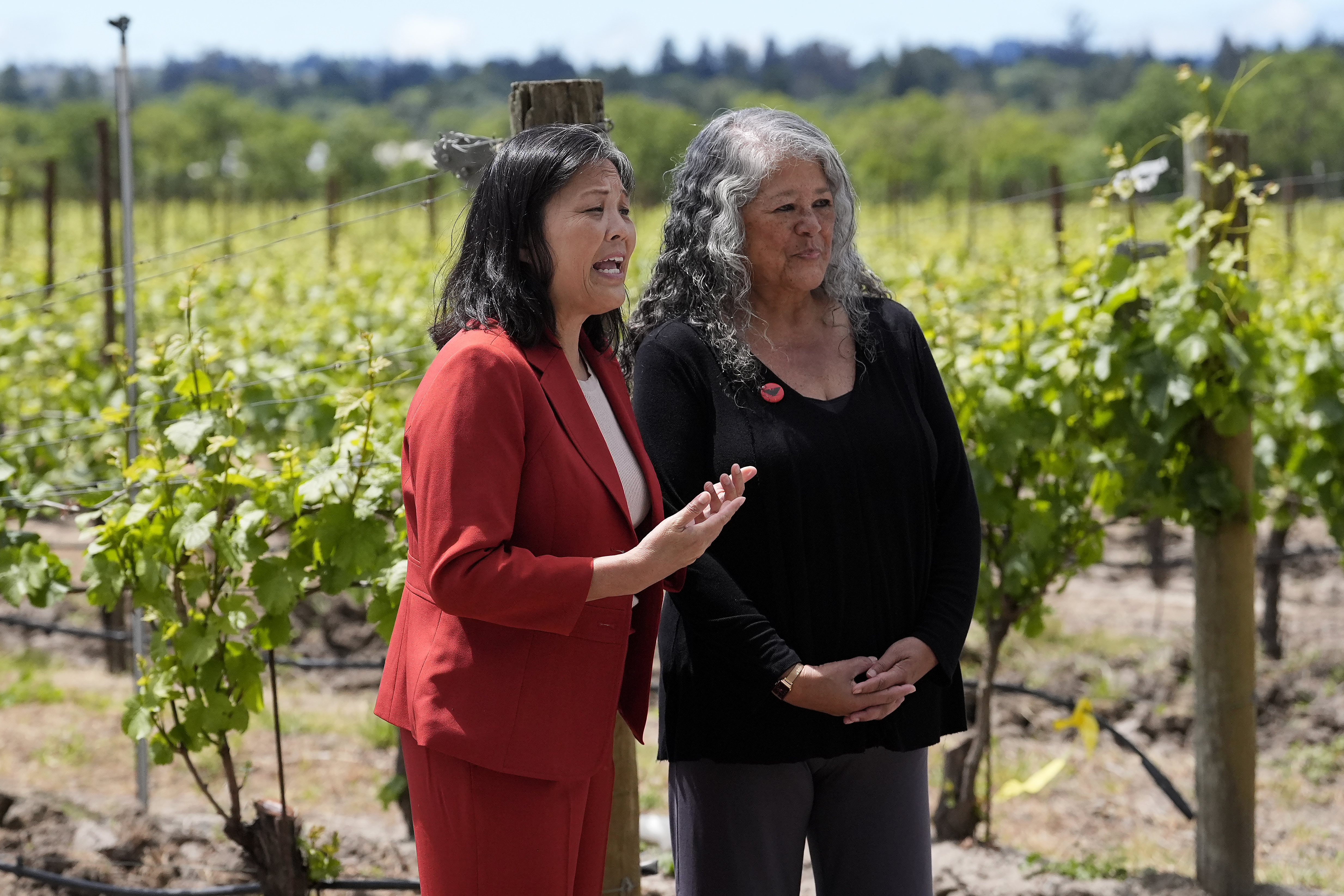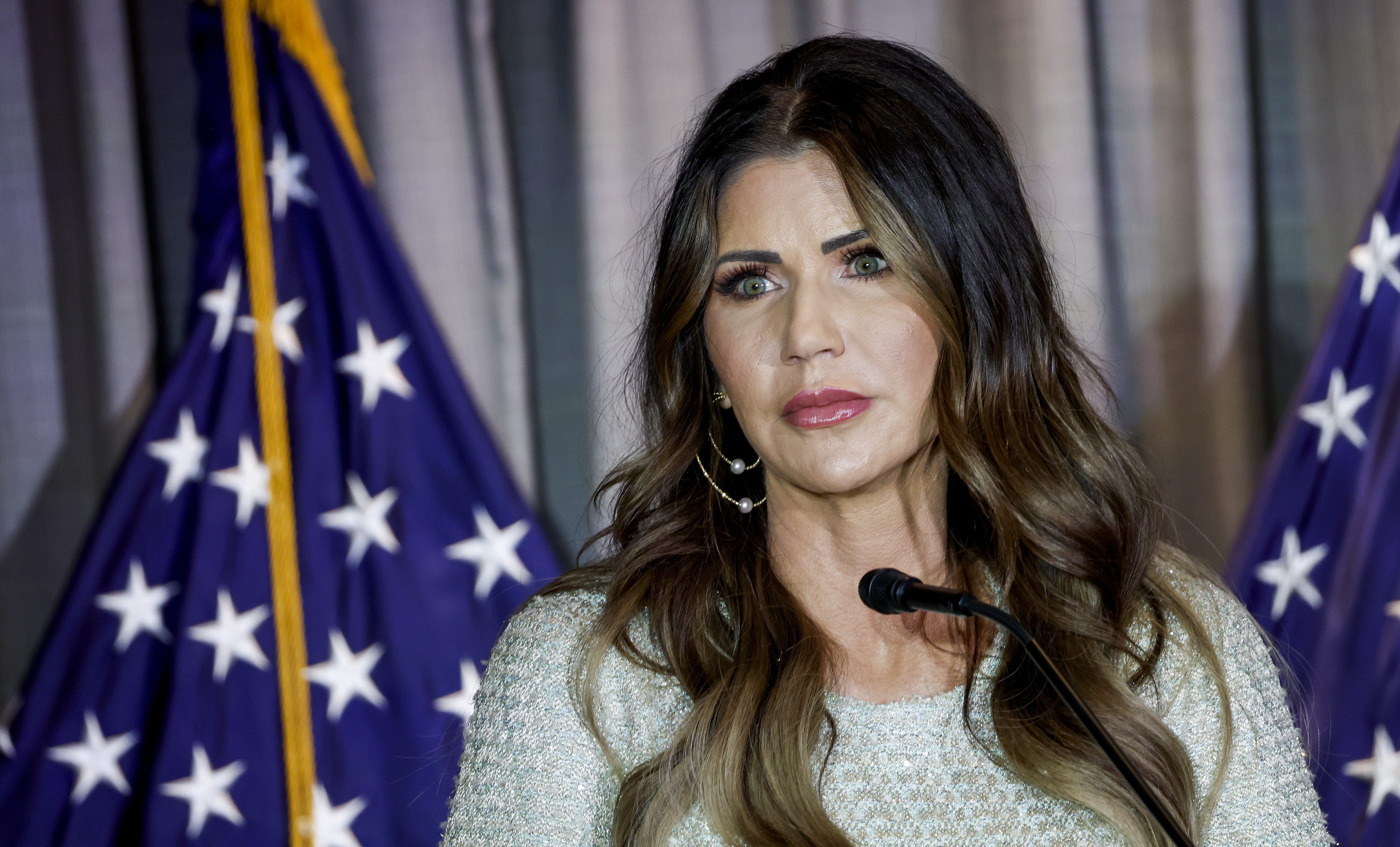Professional football is a 100% injury endeavor. Anyone who makes it to the NFL will get hurt at some point. It’s just the nature of the game, and the types of injuries football players suffer don’t end when they stop playing.
A recent University of Florida study found 90% of retired NFL players say they live with chronic pain from “muscle overuse, musculoskeletal injuries and head trauma.” Many of them believe their pain will never go away.
Researchers at UC San Diego think cannabis could be the answer, and they’ve gotten the National Football League to pay them to study it.
“There’s been a lot of anecdotal reports of elite athletes using medical cannabis for recovery after injury but there’s absolutely no science behind it,” says Mark Wallace, MD, the director of the Center for Pain Medicine at UC San Diego Health.
Get Southern California news, weather forecasts and entertainment stories to your inbox. Sign up for NBC LA newsletters.
Wallace and Thomas Marcotte, PhD, co-director of the UC San Diego Center for Medicinal Cannabis Research (CMCR), replied to a proposal from the NFL-NFLPA Joint Pain Management Committee, an entity created by the league to seek out alternate treatments to opioids. They received 106 responses and chose 10 as finalists. UC San Diego’s bid, along with the University of Regina in Canada, were the winners, so they’re splitting $1 million in grant money.
The idea is to conduct the first wide-scale clinical study on whether or not cannabis can reduce pain in elite athletes.
“I have managed thousands of patients on medial cannabis for the treatment of chronic pain and have learned an enormous amount,” says Wallace.
U.S. & World
News from around the country and around the globe
The CMCR was established more than 20 years ago. Over that time, they’ve learned quite a bit about how cannabis works in the human body. Among the most important bits of information is dosage. Wallace has narrowed it down to a combination of 12% CBD and 4% THC, which is the psychoactive element of marijuana that creates the “high.” Wallace says the THC level will not be enough to impair an athlete in the trial.
“The CBD tends to reduce the psychoactivity of the THC.”
So far, most of the focus has been on chronic pain. The UC San Diego study will include analyzing pain management for new injuries.
“These elite athletes are reporting that when they use it, they seem to have better pain control and they recover faster.”
There is an anatomic reason for that.
“The cannabinoid receptors are the most abundant receptors in our nervous system.”
There’s a big scientific explanation here but, in a nutshell, there are two types of cannabinoid receptors: one on the nervous system that helps with pain reduction and one on the inflammatory cells that stabilize the inflammation the body experiences with injuries.
“It makes sense when athletes say they’re using it for recovery because they probably not only have pain relief, but less inflammation. So, now we want to put some science behind it and see if that’s true.”
Participating in the study will be professional rugby athletes in the United States since rugby closely approximates the kinds of injuries sustained in football (a representative with the San Diego Legion of Major League Rugby says the Legion will not be taking part in the study as of now).
After a game, athletes who report pain that meets a predetermined threshold will be administered either a placebo, a 4% THC dose, a 12% CBD dose, or a combination of the THC and CBD up to four times a day over the following 48 hours. Over time, each athlete will be given all four options.
“We will be looking at patient-reported outcomes based on pain relief, sleep, function, and side effects.”
The athletes will provide their feedback on a phone app to make the experience, as Wallace says, as real-world as possible. Researchers will also take periodic blood samples looking for biometric markers and how the cannabinoids are reacting in the body.
While $500,000 is not a small chunk of change it’s nowhere near enough to run a full clinical trial. That’s one of the reasons UC San Diego won the bid.
“The CMCR has the infrastructure set up to run these clinical trials. I honestly can say there’s no better place in the country to run a medical cannabis clinical trial.”
The NFL grant spans two years but, since cannabis is still a controlled substance by the federal government, the first year will be spent planning and getting proper permissions. The research begins in earnest in year two so it’s likely we won’t have results until 2024 at the earliest.
Based on their experience the researchers’ hypothesis is this treatment will work. But, if it doesn’t that information can be valuable, as well.
“As a scientist I’m not looking for, I hope this is going to be the outcome. I’m looking for the truth. Whether it doesn’t work or it works absolutely fantastic, that’s what I’m looking for. I want to know.”
Even if the results are as promising as they believe, this study will be the tip of the spear. Wallace says he hopes the NFL and other sports entities will be encouraged enough to put more resources into the topic, which could eventually lead to pain relief for not just professional athletes, but anyone suffering from chronic pain.



